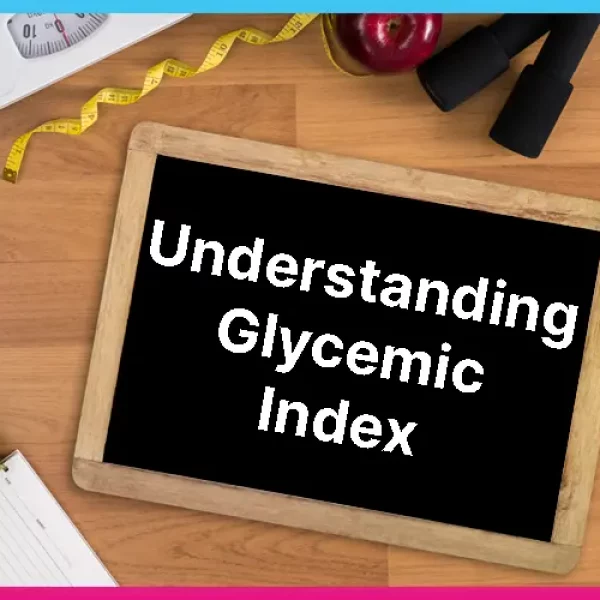Iron Deficiency in Teens and Young Women: A New Scientific Study
Introduction
Iron deficiency is a common nutritional deficiency, particularly among teens and young women. It can lead to a variety of health problems, including fatigue, weakness, and difficulty concentrating. A new scientific study has shed light on the prevalence and impact of iron deficiency in this population.
The Prevalence of Iron Deficiency in Teens and Young Women
The study found that iron deficiency is more prevalent in teens and young women than in other age groups. This is due in part to increased iron requirements during puberty and menstruation. Additionally, dietary factors, such as a lack of iron-rich foods, can contribute to iron deficiency.
The Impact of Iron Deficiency on Health
Iron deficiency can have a significant impact on health, especially in teens and young women. Some of the most common symptoms include:
- Fatigue
- Weakness
- Shortness of breath
- Pale skin
- Cold hands and feet
- Difficulty concentrating
- Irritability
- Pica (the craving and eating of non-food substances)
The Risks of Iron Deficiency
Iron deficiency can also increase the risk of certain health problems, such as:
- Anemia
- Premature birth
- Low birth weight
- Impaired cognitive development
- Increased susceptibility to infections
Causes of Iron Deficiency
There are several factors that can contribute to iron deficiency in teens and young women, including:
- Dietary factors: A diet that is low in iron-rich foods, such as meat, poultry, fish, and fortified cereals, can increase the risk of iron deficiency.
- Menstruation: Women lose iron during menstruation, which can contribute to iron deficiency.
- Growth and development: Teens and young women experience rapid growth and development, which increases their iron requirements.
- Absorption problems: Some people may have difficulty absorbing iron from their diet, which can lead to iron deficiency.
- Blood loss: Excessive blood loss, such as from heavy menstrual bleeding or certain medical conditions, can contribute to iron deficiency.
Diagnosis and Treatment of Iron Deficiency
If you are experiencing symptoms of iron deficiency, it is important to see a healthcare provider for a diagnosis. They may perform blood tests to check your iron levels.
The treatment for iron deficiency typically involves taking iron supplements. In some cases, dietary changes may also be recommended.
Preventing Iron Deficiency
There are several steps you can take to prevent iron deficiency:
- Eat a balanced diet: Include iron-rich foods in your diet, such as meat, poultry, fish, fortified cereals, and dark green leafy vegetables.
- Avoid foods that interfere with iron absorption: Foods such as tea, coffee, and soy products can interfere with iron absorption.
- Take iron supplements: If you are at risk of iron deficiency, your healthcare provider may recommend taking iron supplements.
Conclusion
Iron deficiency is a common nutritional problem among teens and young women. It can lead to a variety of health problems, including fatigue, weakness, and difficulty concentrating. By understanding the causes, symptoms, and treatment options for iron deficiency, you can take steps to prevent and manage this condition.




